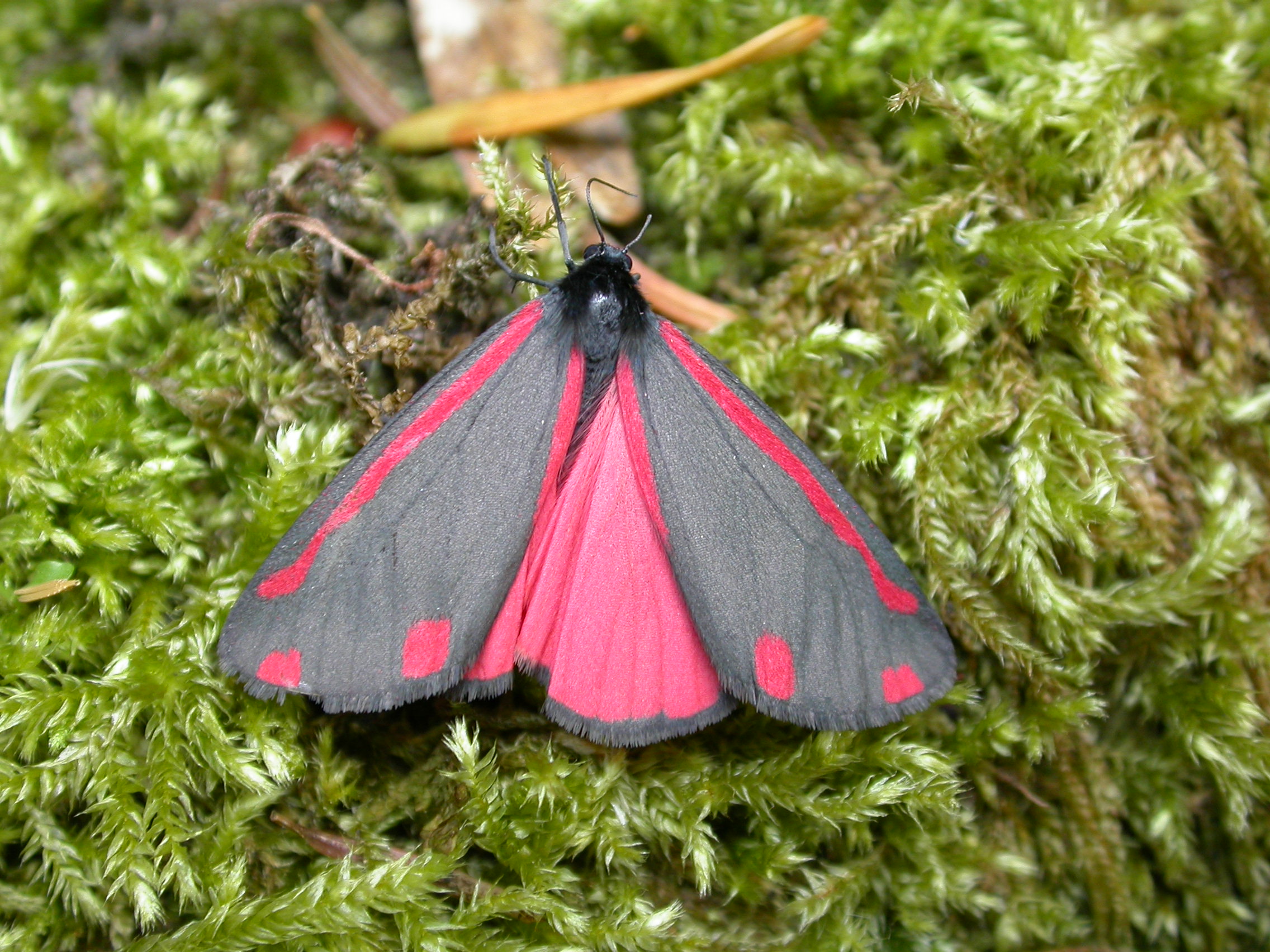Sickleholme Nature Notes
Amongst the June contributions were several photo images. Always welcome, particularly when arriving with identification queries. Ewen MacKinnon submitted one of a nice patch of Dog Rose along the railway hedge, Phil McCorry sent a shot of a Cinnabar Moth, and from Matt came one of a Cockchafer. The moth (I have used an image of my own as Phil’s picture was a little too small) is a striking mix of red and black, quite different to its yellow and black caterpillars which are found on Ragwort. The Cockchafer (aka May Bug) is a large brown beetle with a hard shell and large feathery antennae. It develops on the roots of shrubs and trees and generally flies at night. I see quite a few in our moth trap at home. We certainly get a good mix of wildlife at Sickleholme!
Another day flying moth species seen around the course has been Yellow Shell, but no sign yet of any Brown China-mark moths around the pond. The latter has some nice Water Lily and lily pads, and July should see a few dragonfly species. I have yet to fully explore the developing wildflower area to the east of the 6th green and south of the 10th fairway, but a view from the edge shows huge potential for flora, pollinators and small invertebrates. Over on the 9th hole, the richly purple Betony flowers are starting to show well.
Birdsong was less obvious towards the end of the month, as many species were busy feeding young, although Curlew had been very vocal as had our resident thrushes (Blackbird, Song Thrush and Mistle Thrush) and a number of Chiffchaff. Many young Blue and Great Tits were busy feeding, a juvenile Great Spotted Woodpecker was seen, and a young Kestrel was heard calling from an area on the course where they have bred in other years. We may also have Sparrowhawks breeding, as one was seen flying to a probable nest site.
As I was drafting these notes, I received Alan Kydd’s further update on our nest boxes so I will include a summary with the July notes. Keep sending your sightings, please.
Bryan Barnacle

Cinnabar

